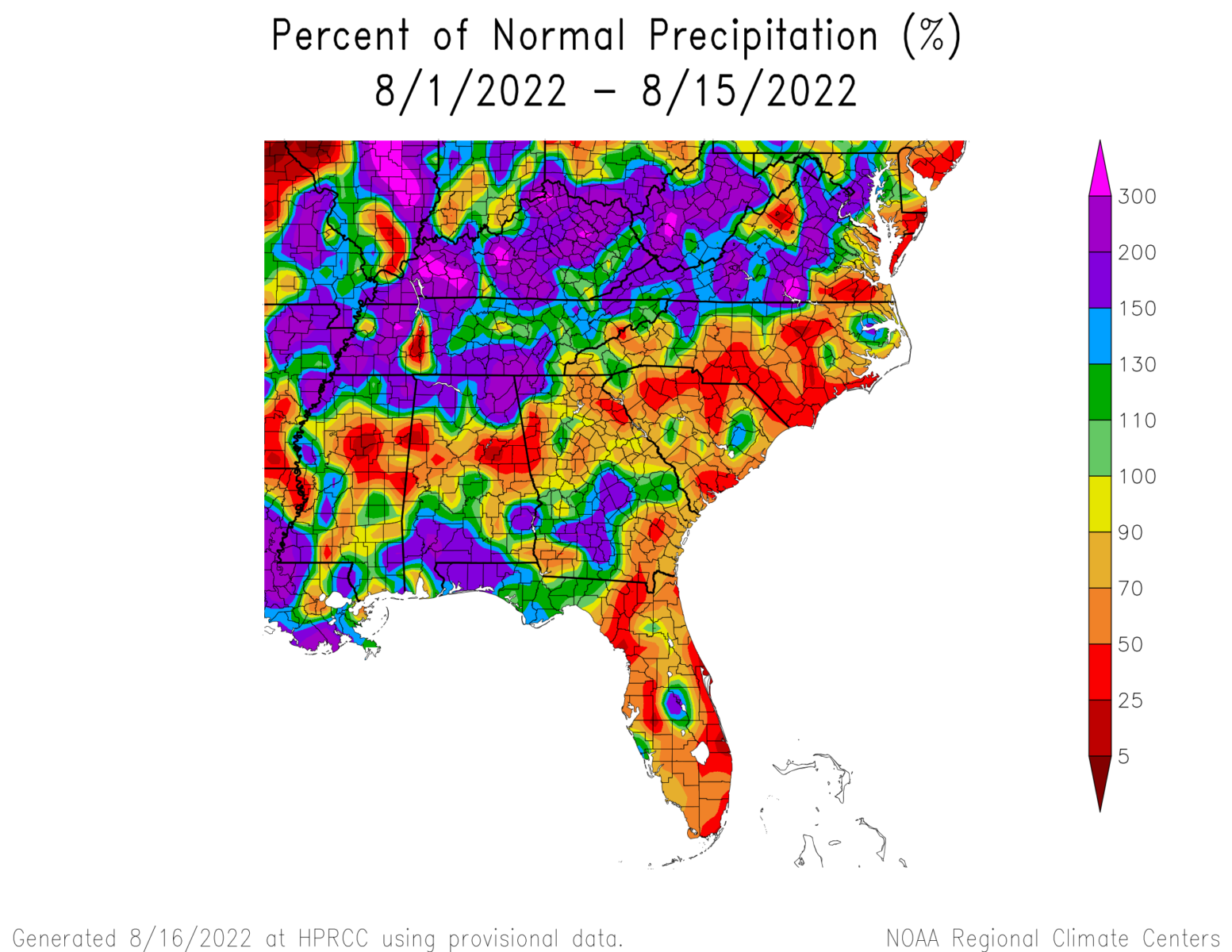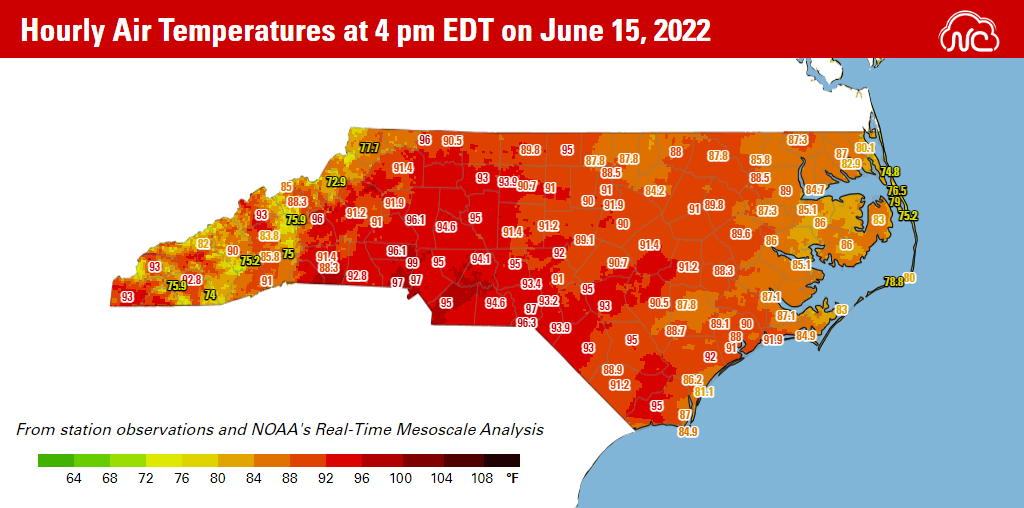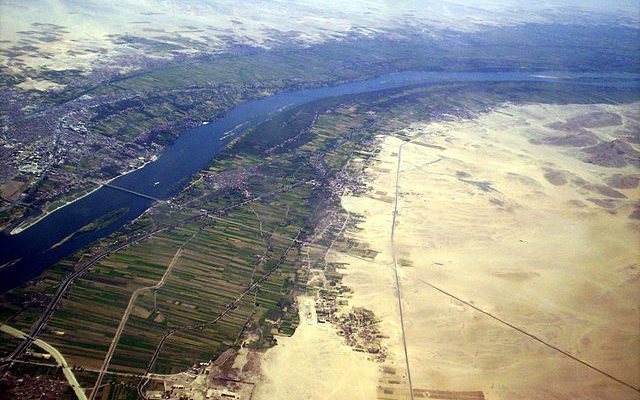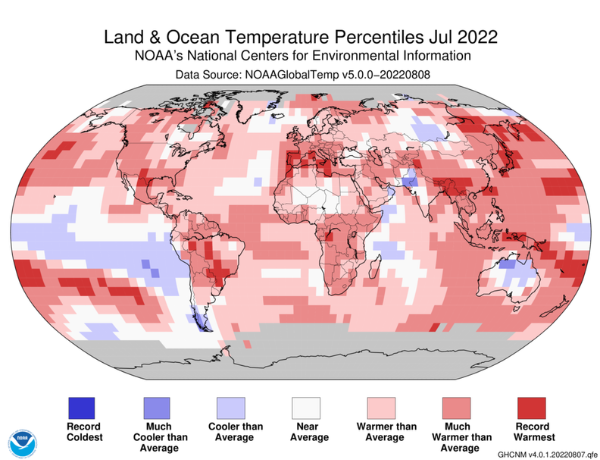-

Since it is halfway through August (already!), let’s take a look at the climate of the month so far. The map of precipitation departure shows that most of the region was drier than normal, but there were areas of wet conditions. The map of precip percentages shows how little of the region had near normal…
Posted in: Climate summaries -

The North Carolina State Climate Office has a fascinating look at historical temperature records in their state in this week’s climate blog. In their post, they look for the warmest hour ever across North Carolina and discuss how they use historical climate records to determine that golden hour. They have the complications of an ocean…
-

One of the secrets of the trend towards warmer temperatures over time is that a lot of the warming is not occurring during the day but at night. In Georgia, overnight low temperatures are rising at a rate that is double the increase in daytime high temperatures. This has special consequences for human and animal…
-

Studies of past weather and climate events can be useful in terms of helping us to figure out current and future climate, because they give us a way to test climate models and assumptions about climate behavior. This story from Yale Climate Connections describes a volcanic eruption that occurred in Alaska in 43 BCE that…
-

The latest global climate summary was released by NOAA a couple of days ago. It shows that July 2022 was the 6th warmest since records began in 1880. The year to date temperature covering January through July was also the 6th warmest. The five warmest Julys have all occurred since 2016. You can read more…
Posted in: Climate summaries -

A few days ago I posted a story about the extreme drought in France and how it was affecting farmers there. There have been a number of stories in the press since then. One of the most interesting stories is about how this drought, estimated to be a 500-year-event, has caused streamflow to be so…
-

A new study released this week shows that many toxic chemicals related to plastics have been found in rainwater and snow as far south as Antarctica. This chemicals are called “forever chemicals” because they do not break down in the environment but stay around forever. These chemicals have non-stick or stain-repellent properties that make them…
Posted in: Climate and Ag in the news